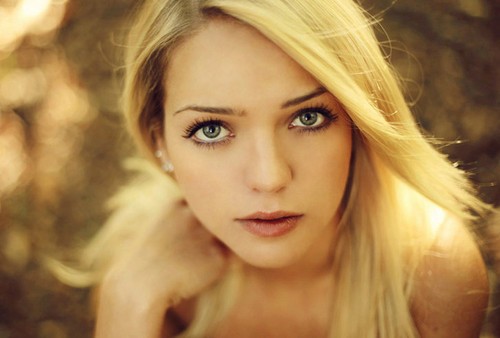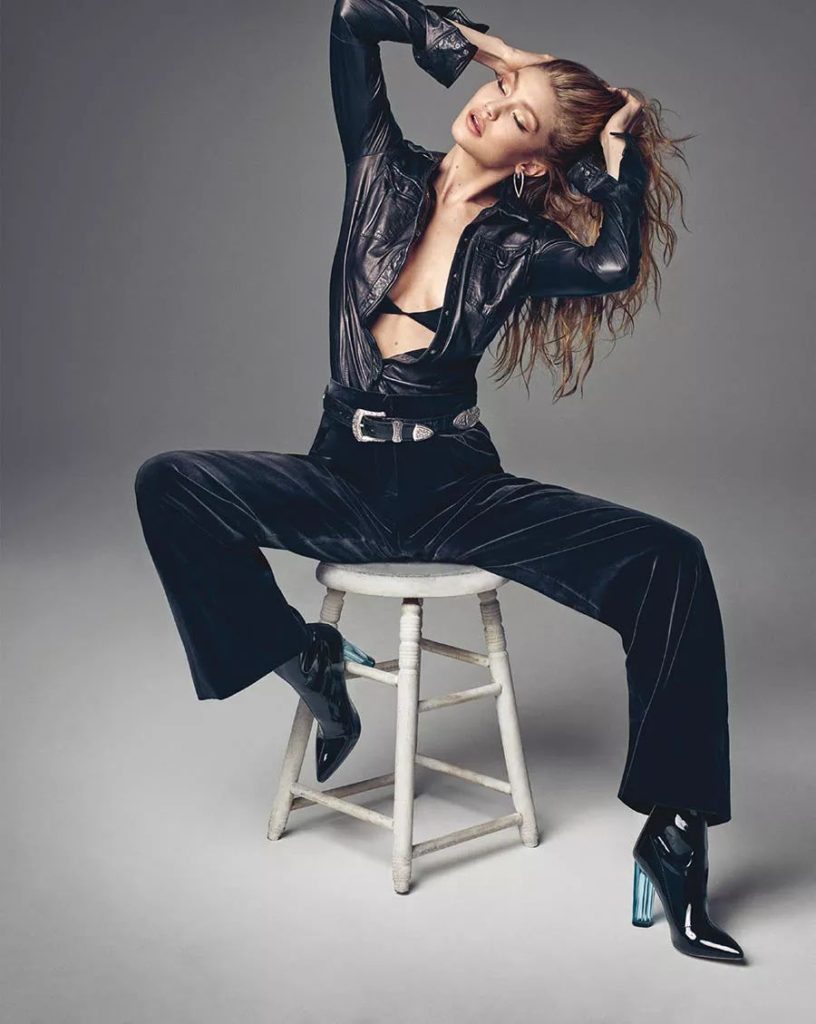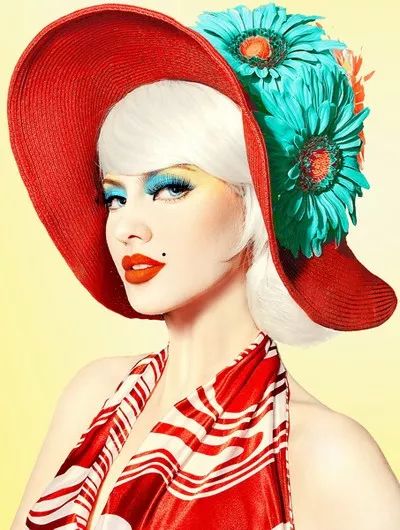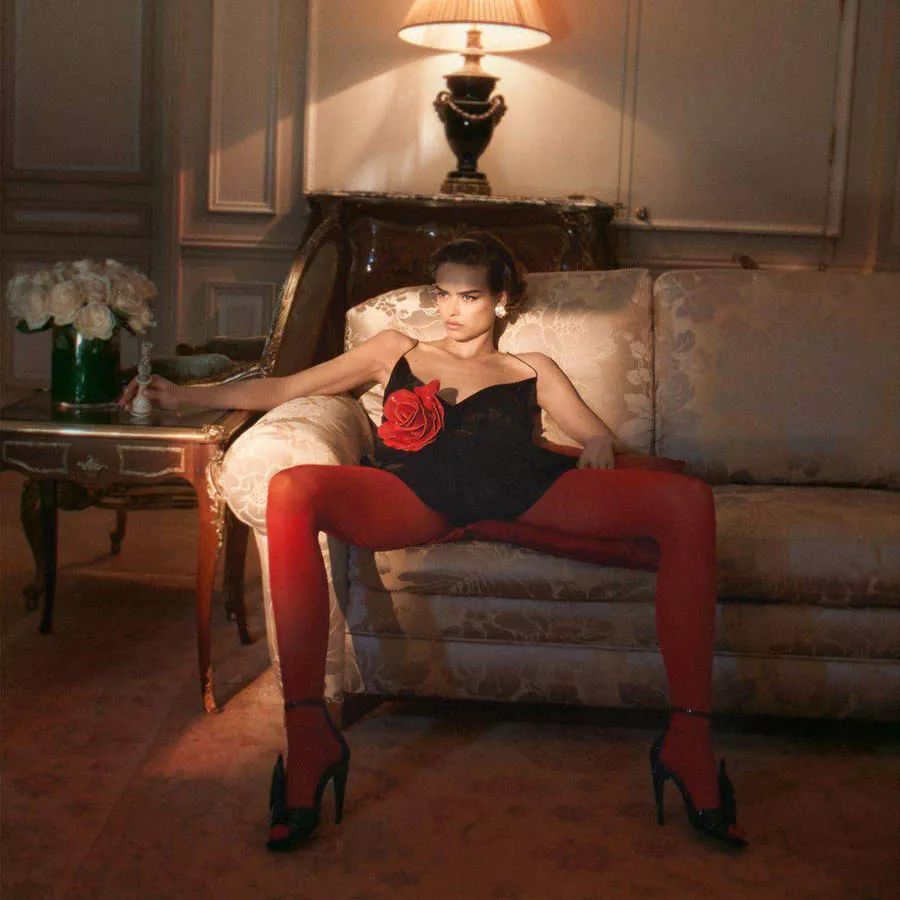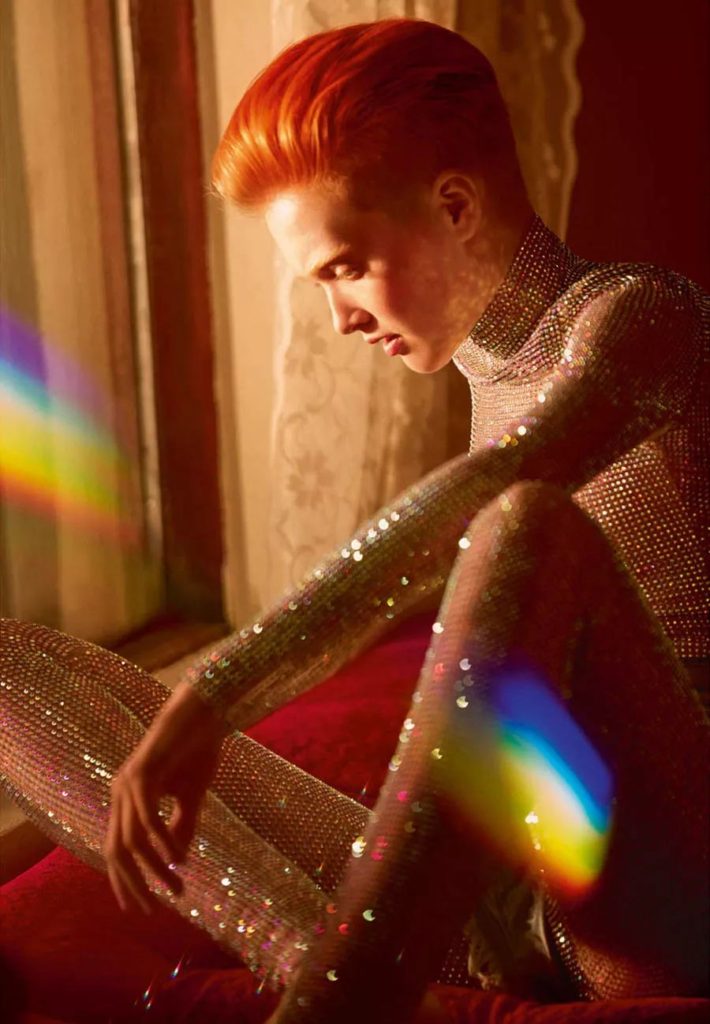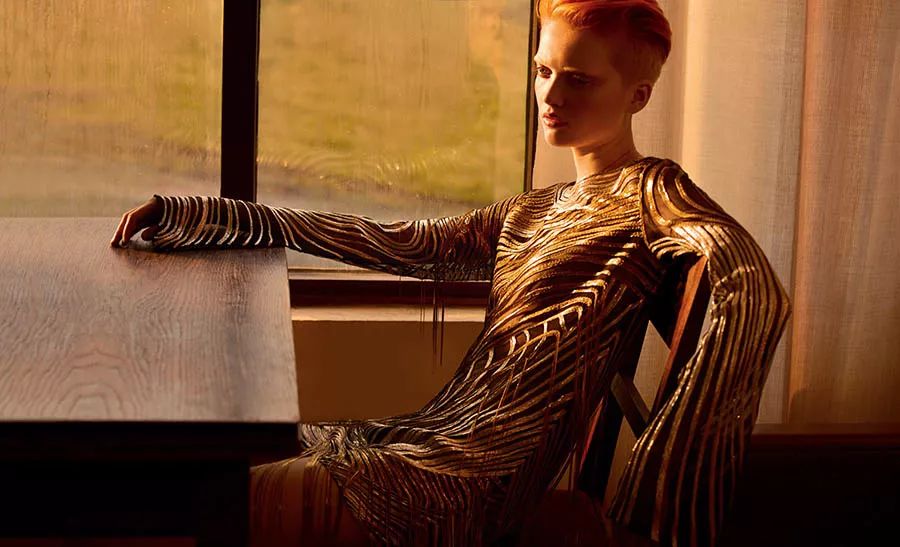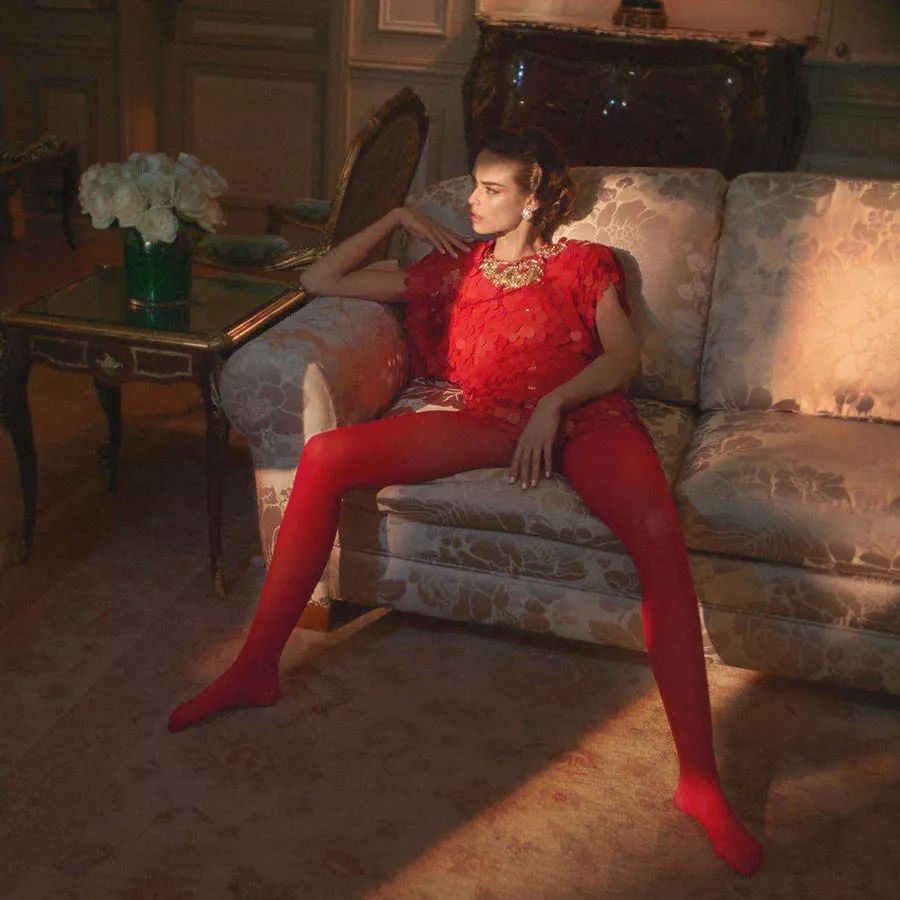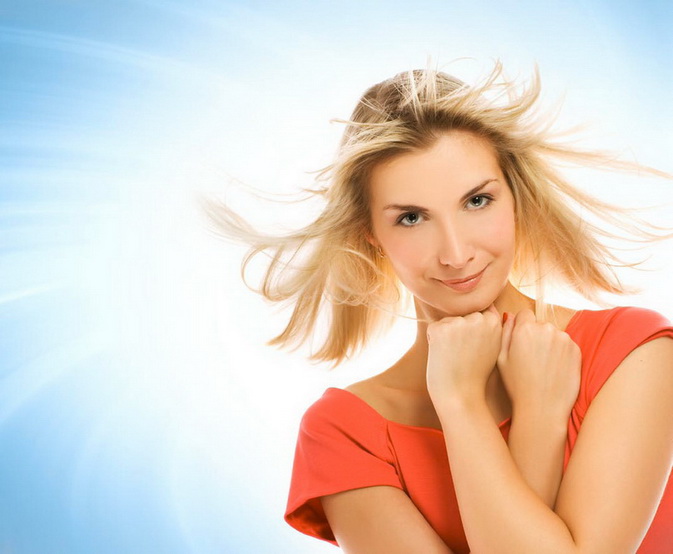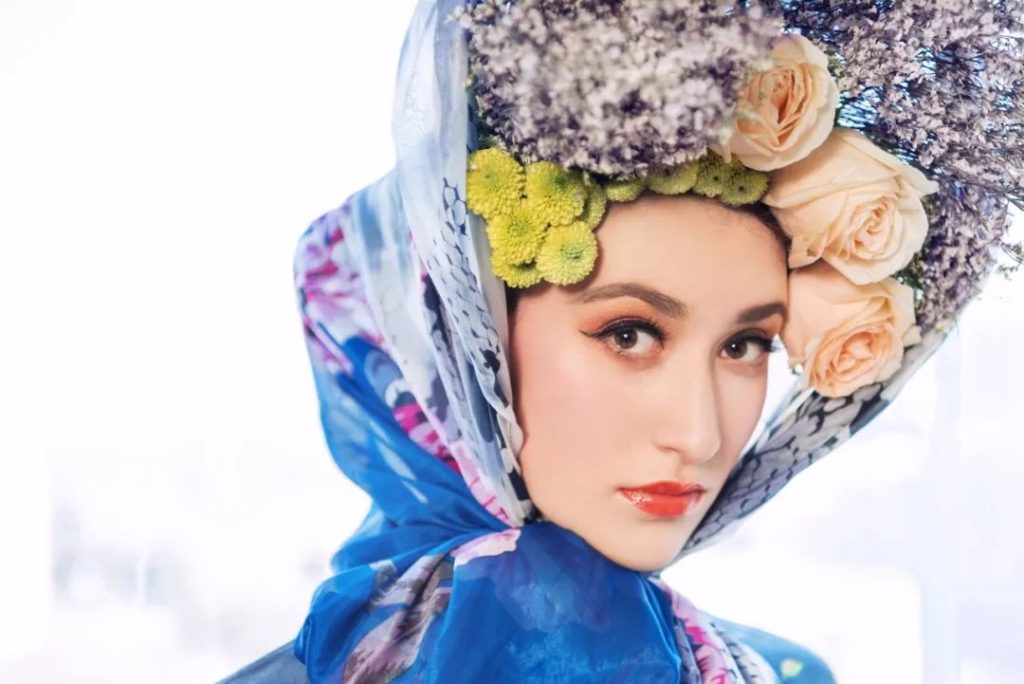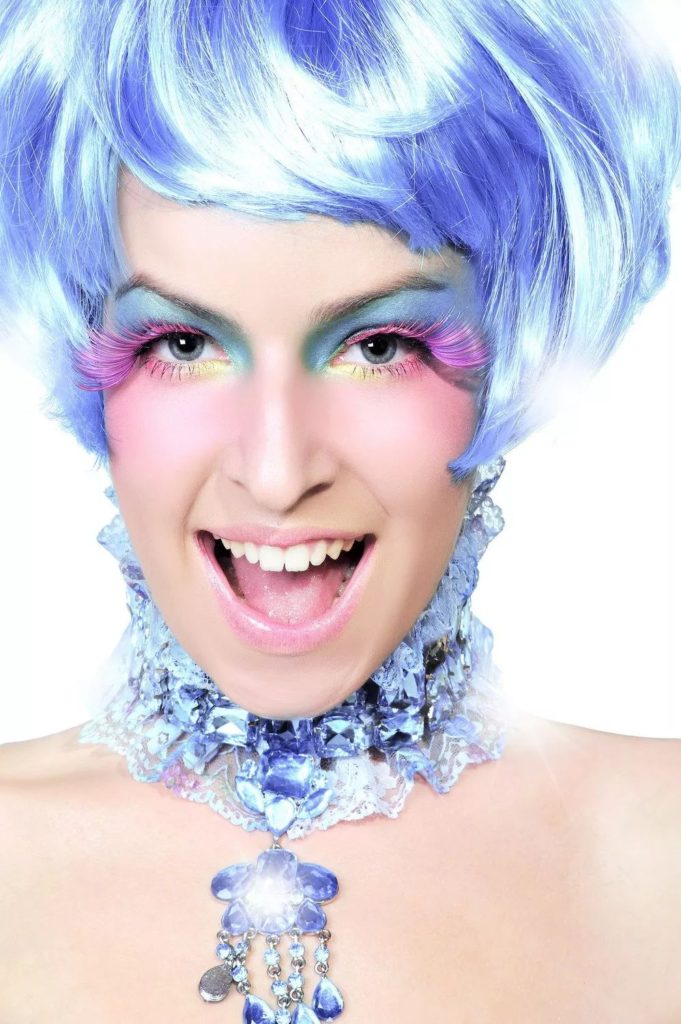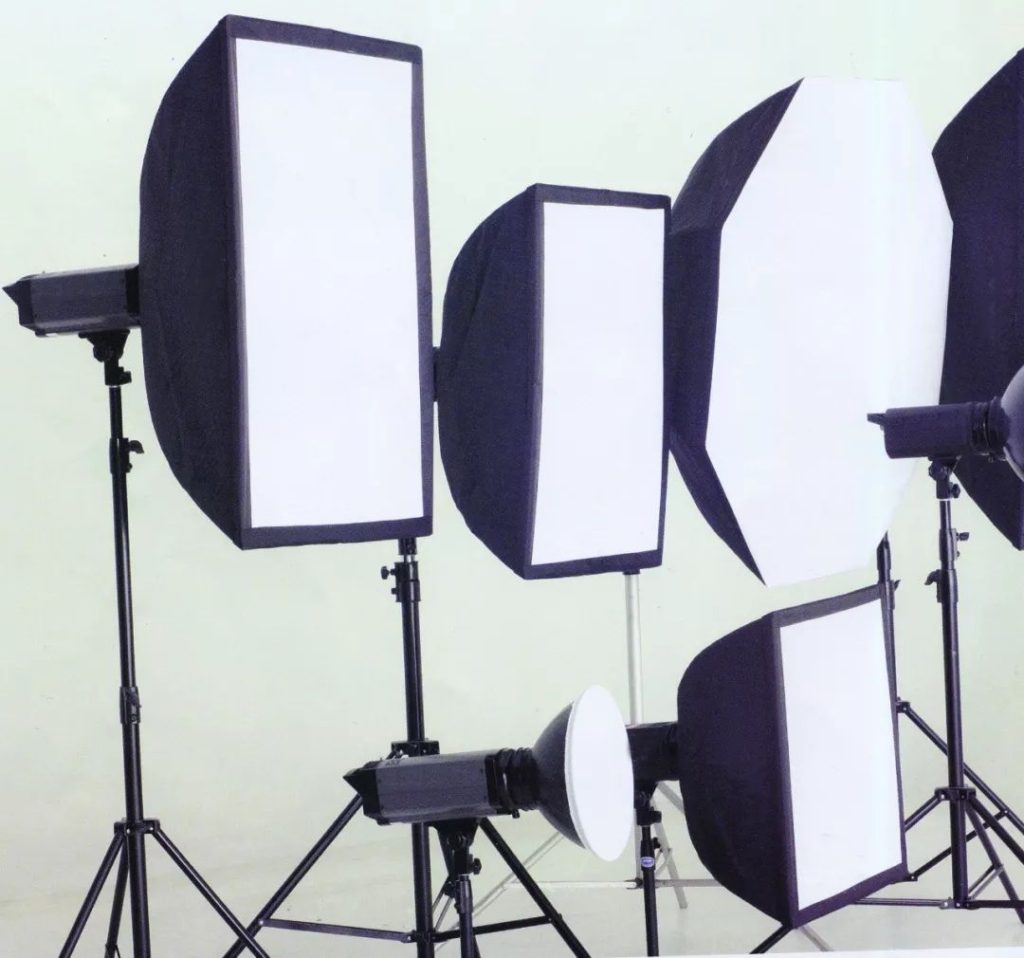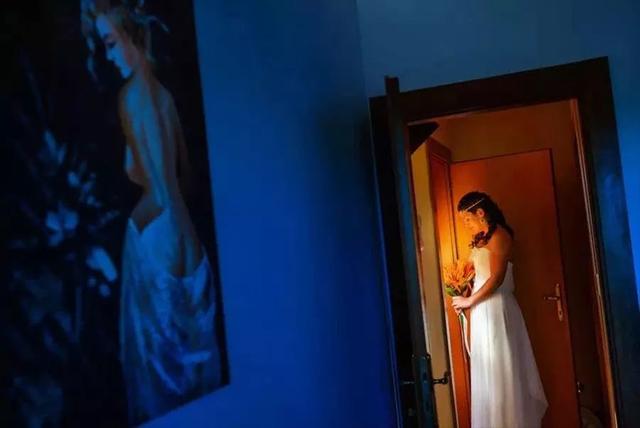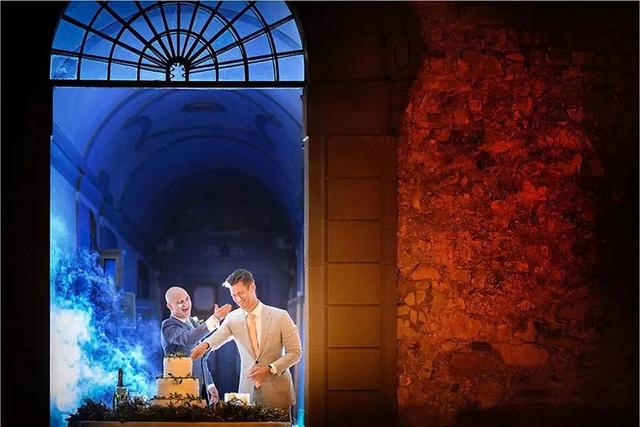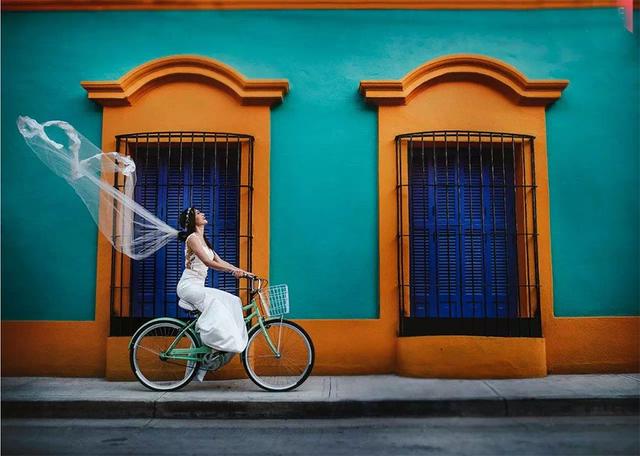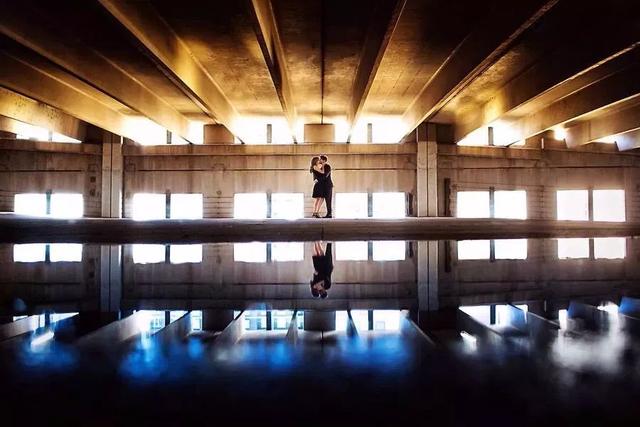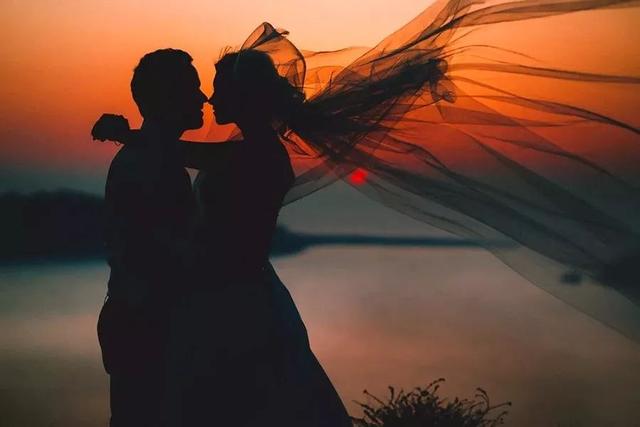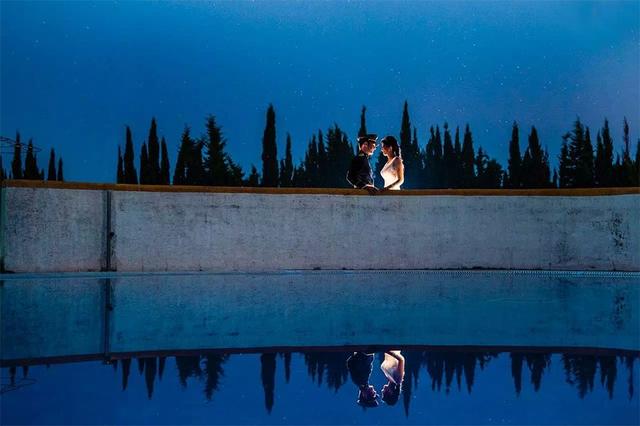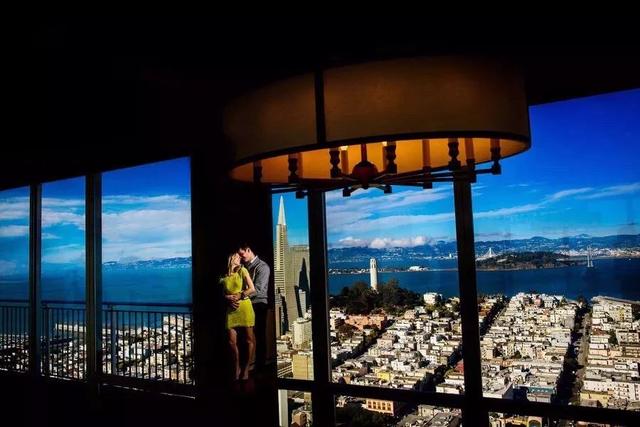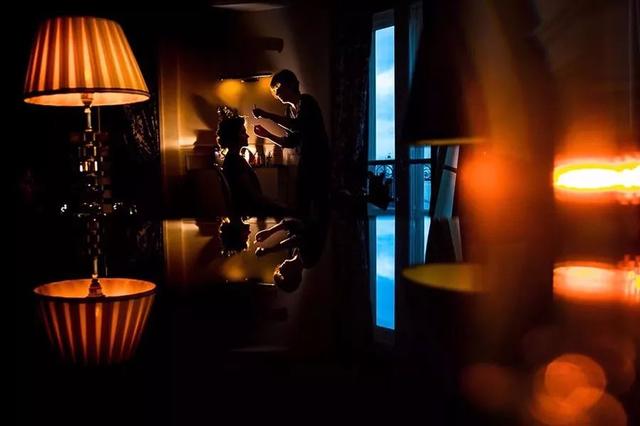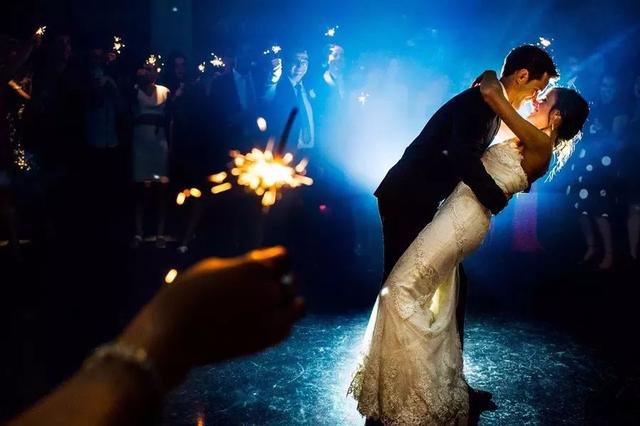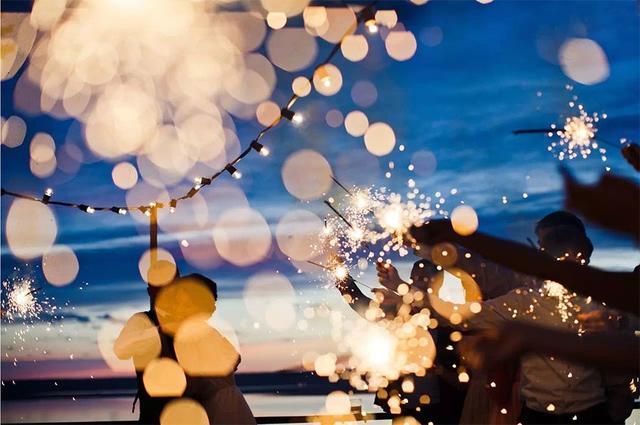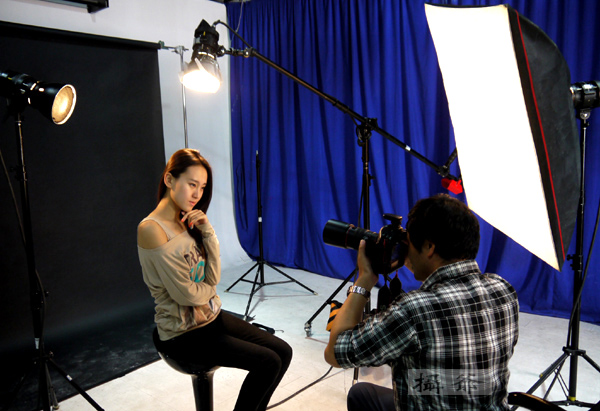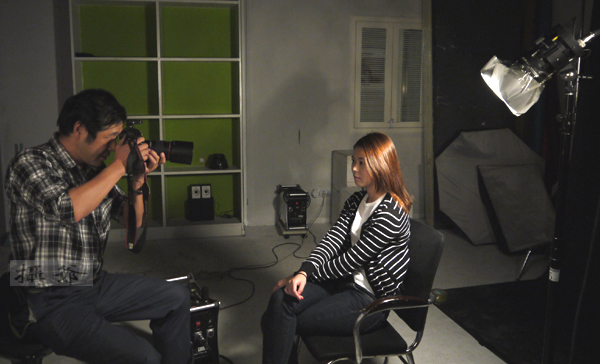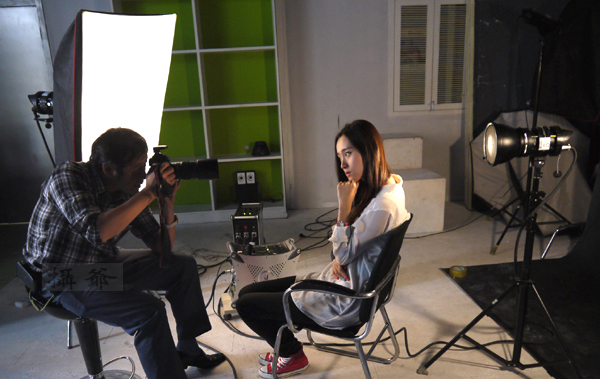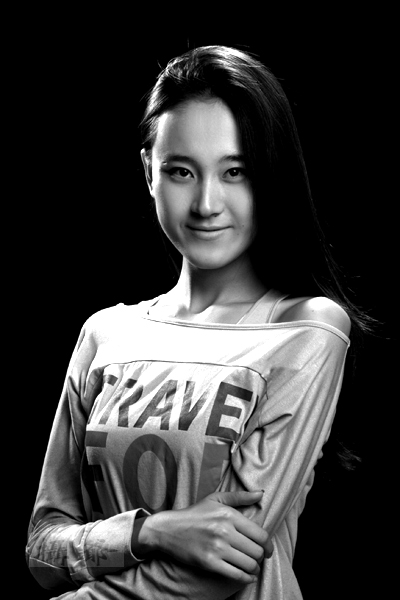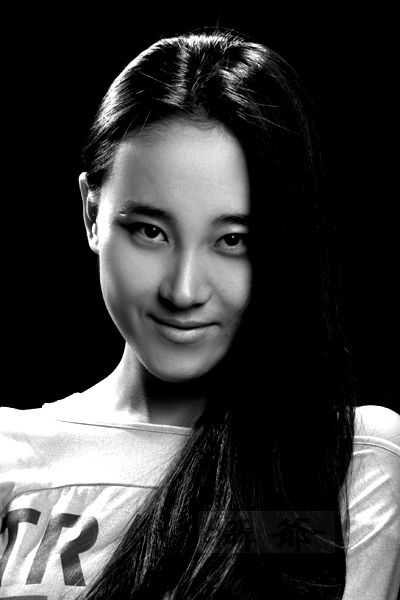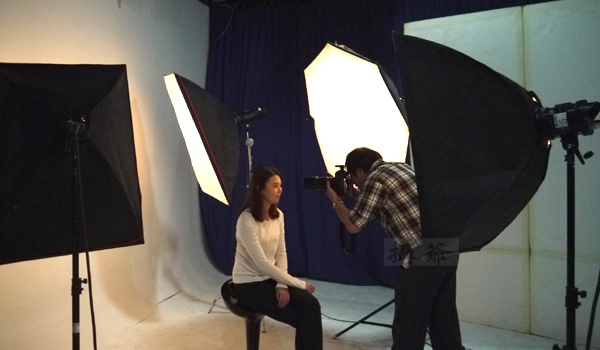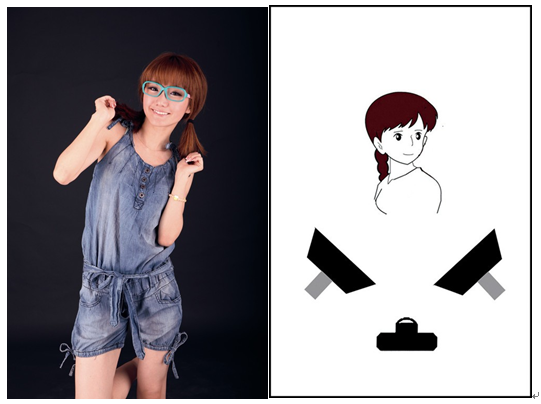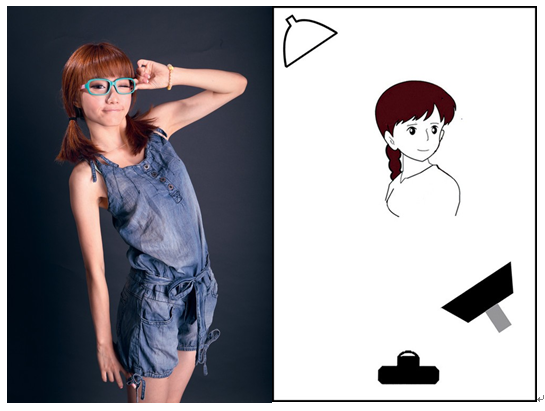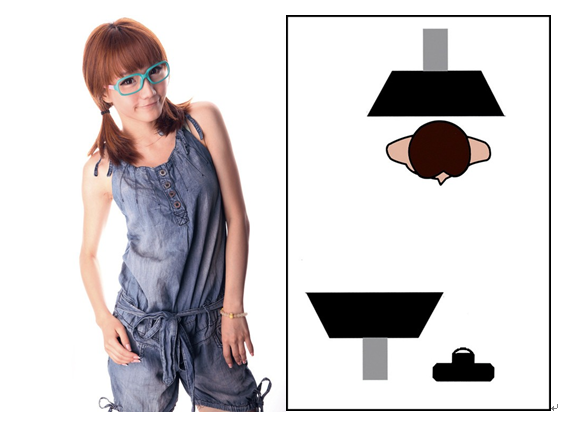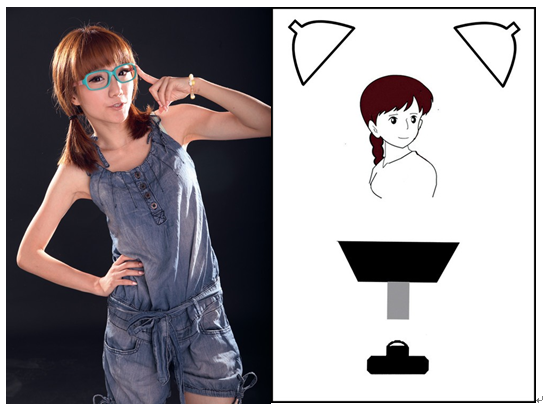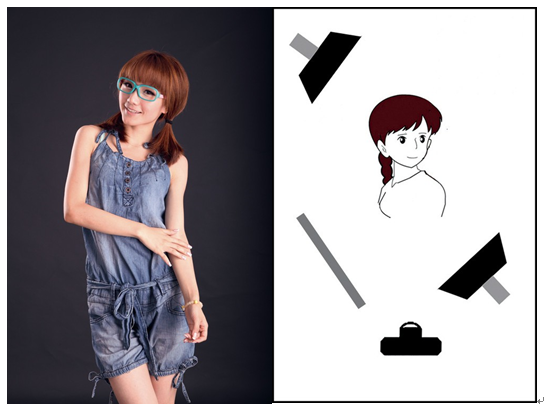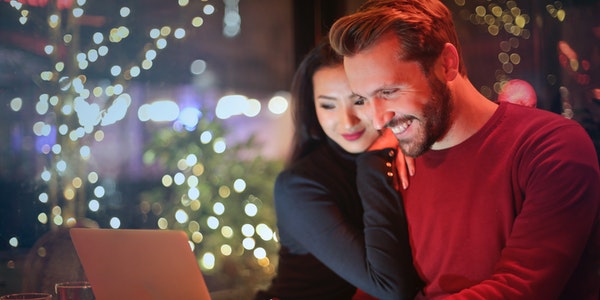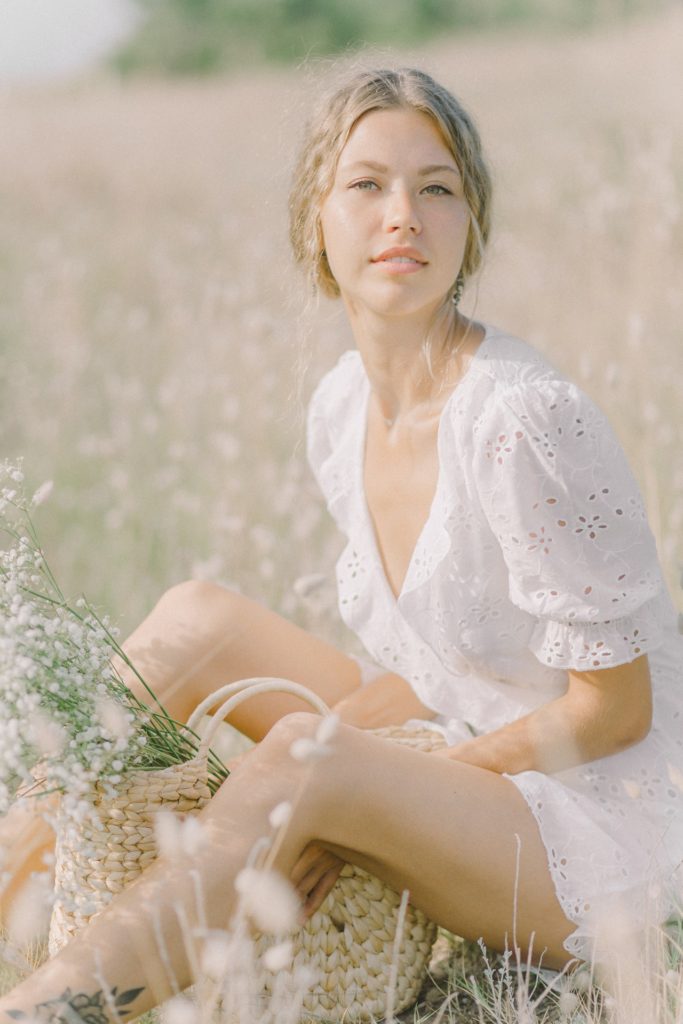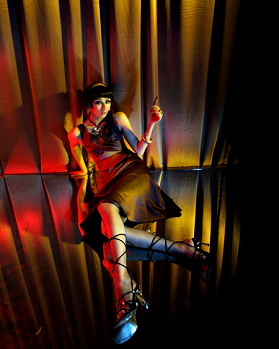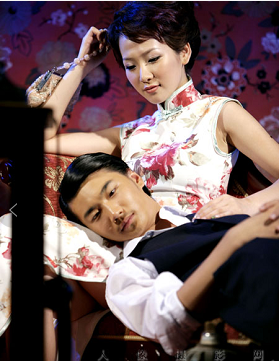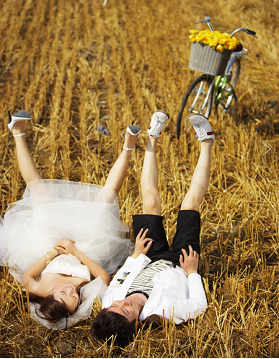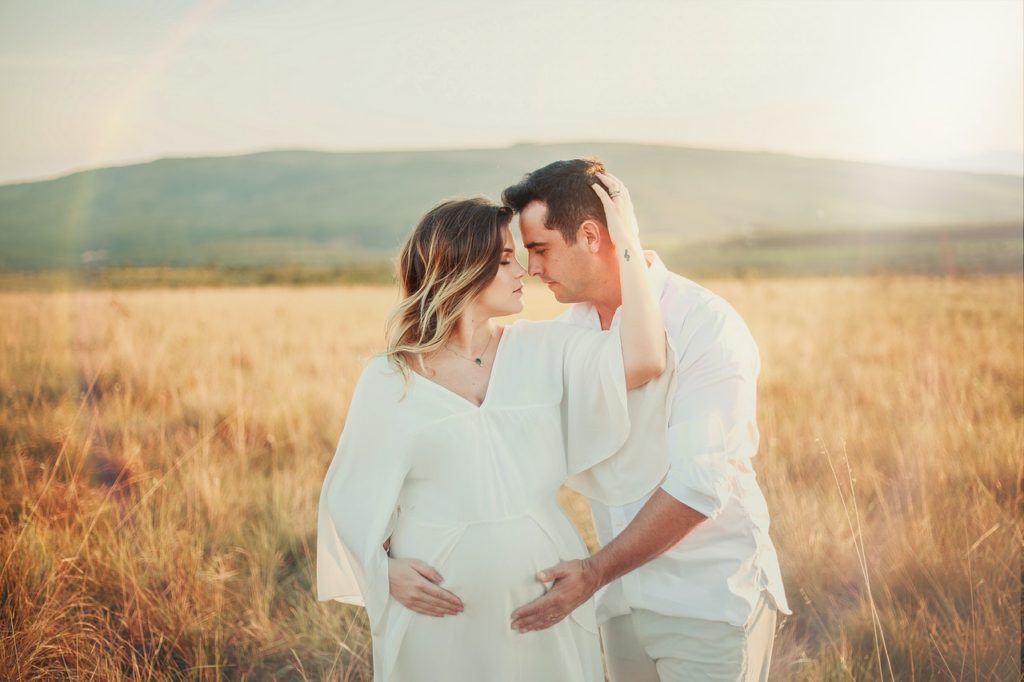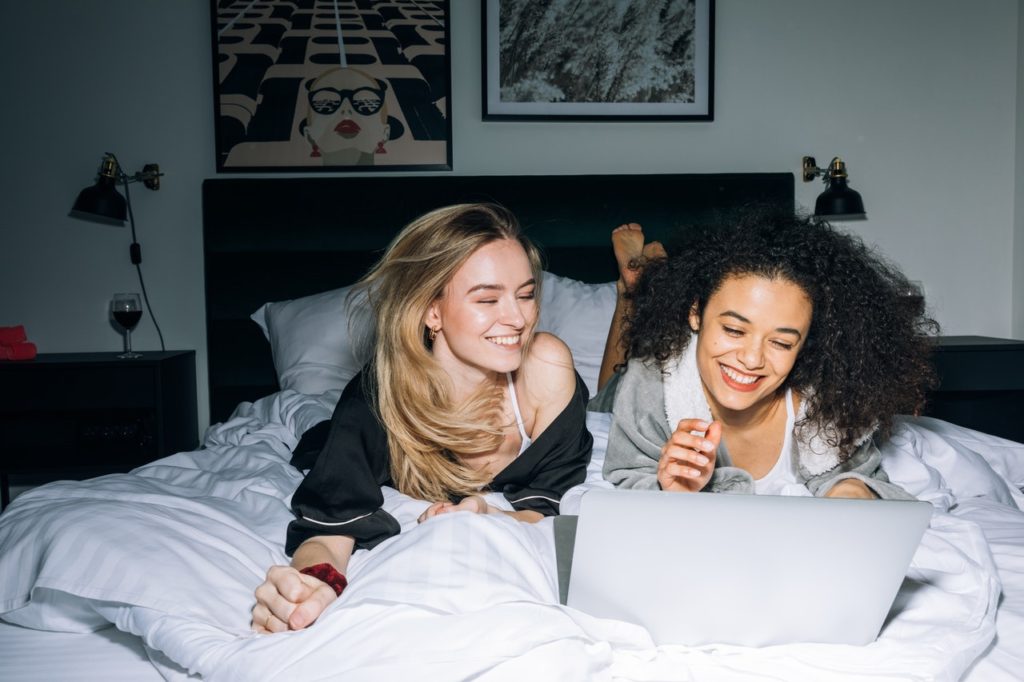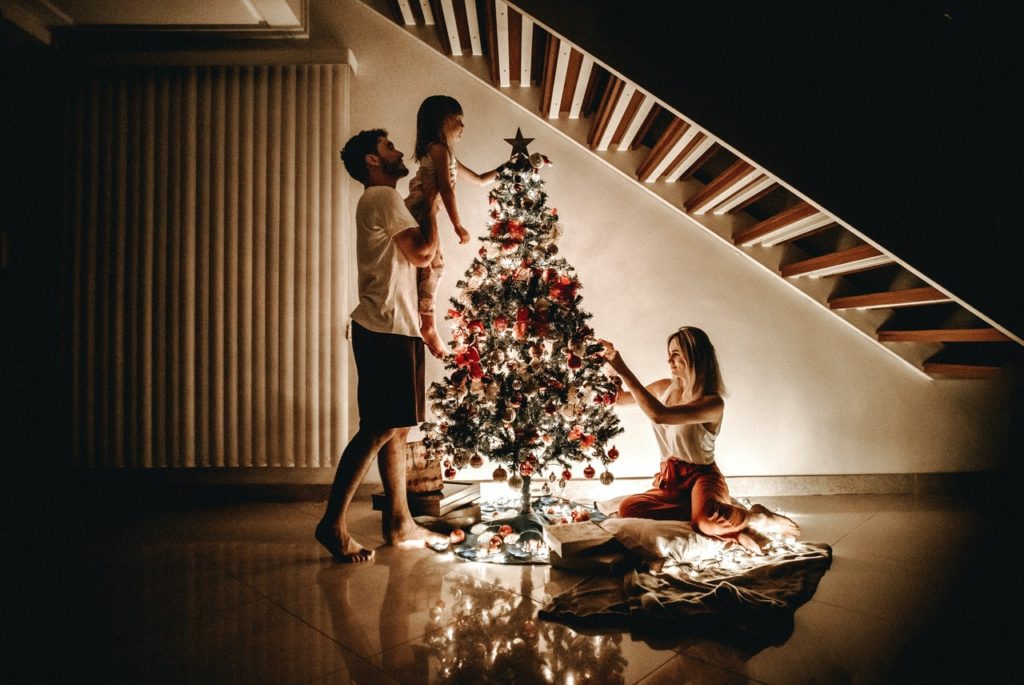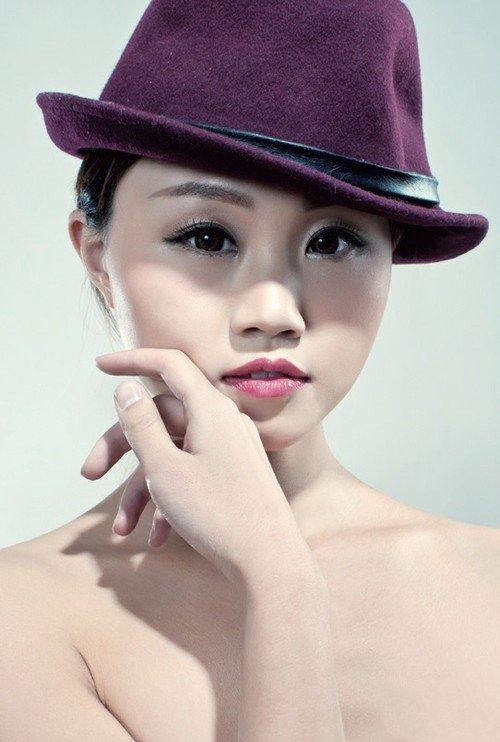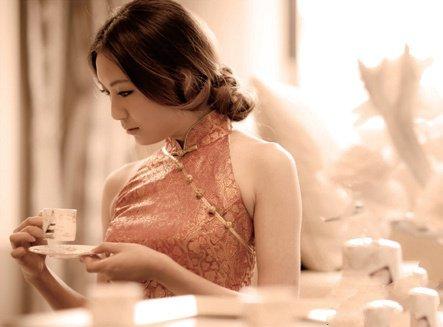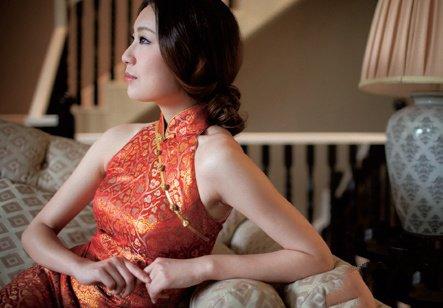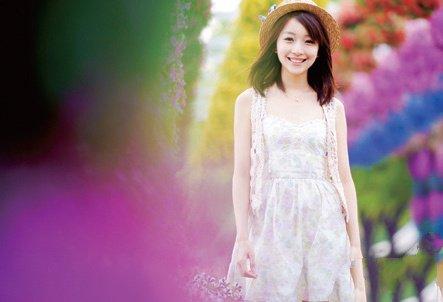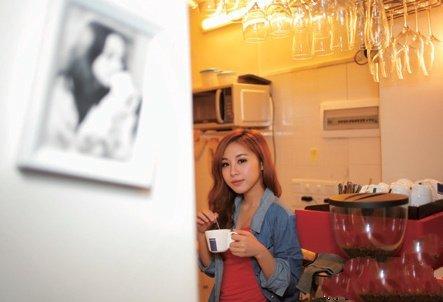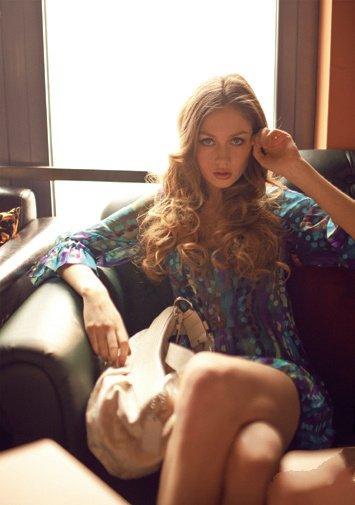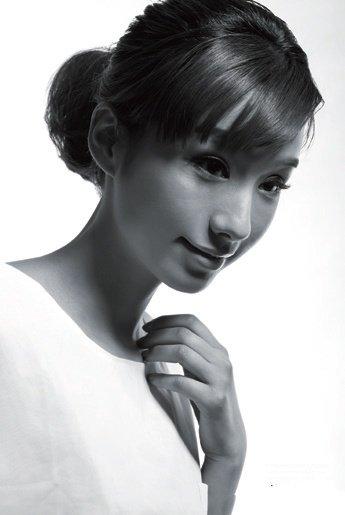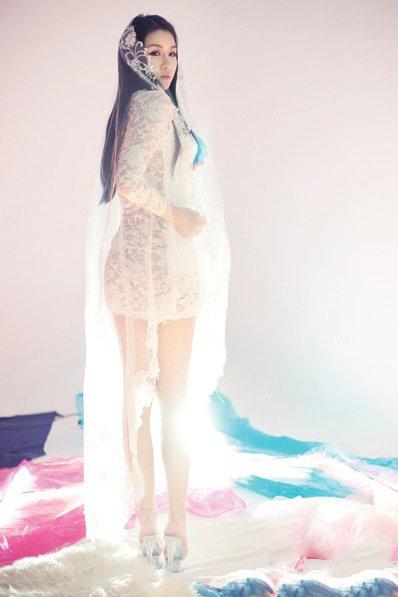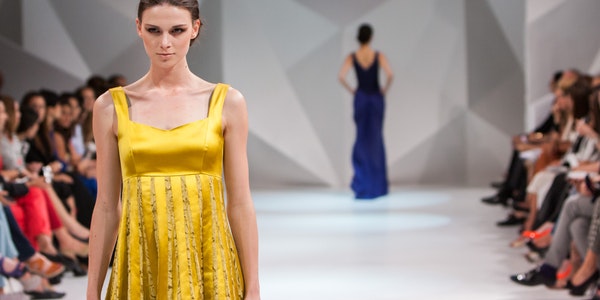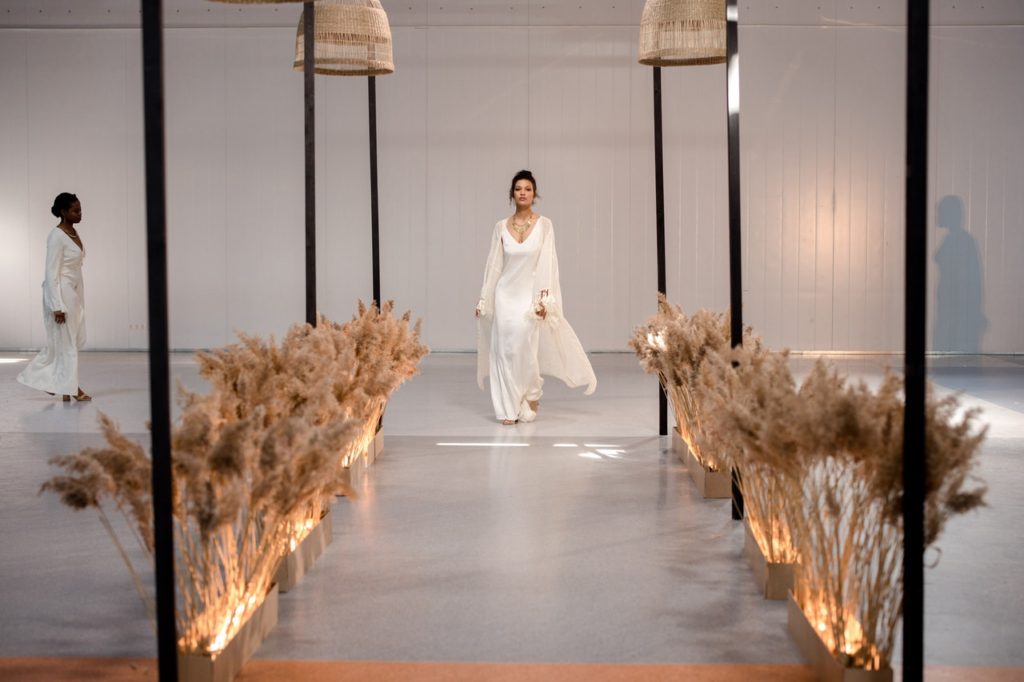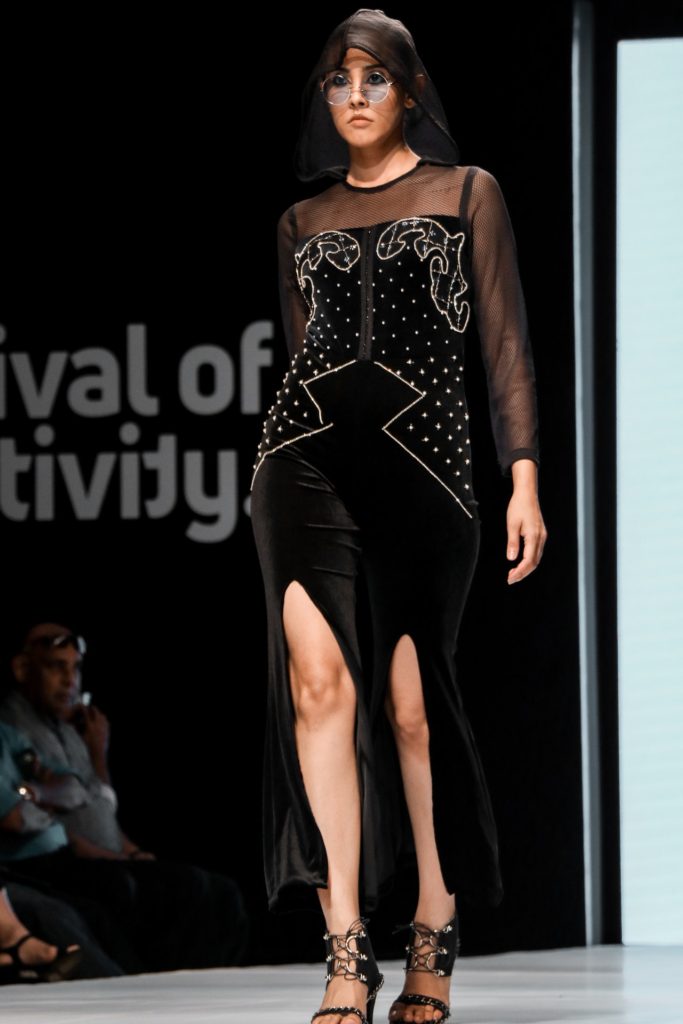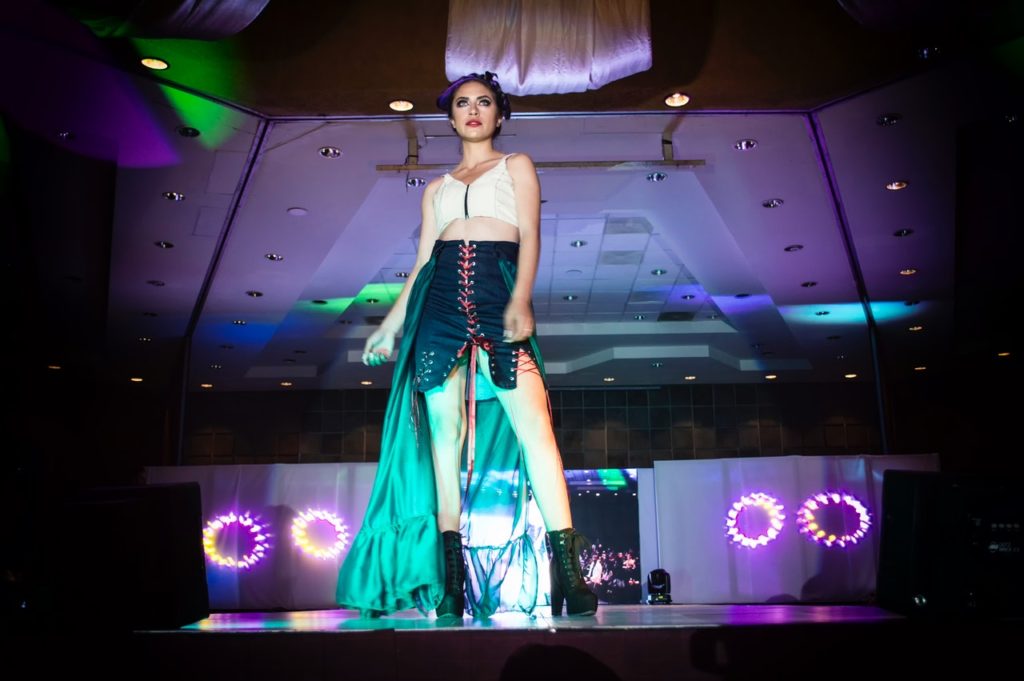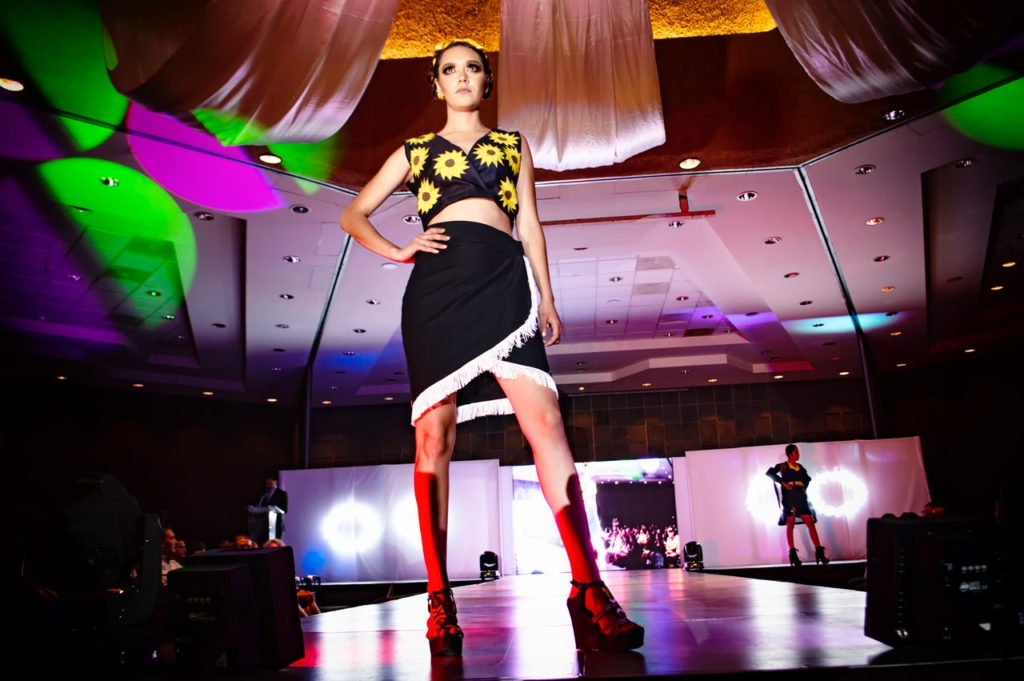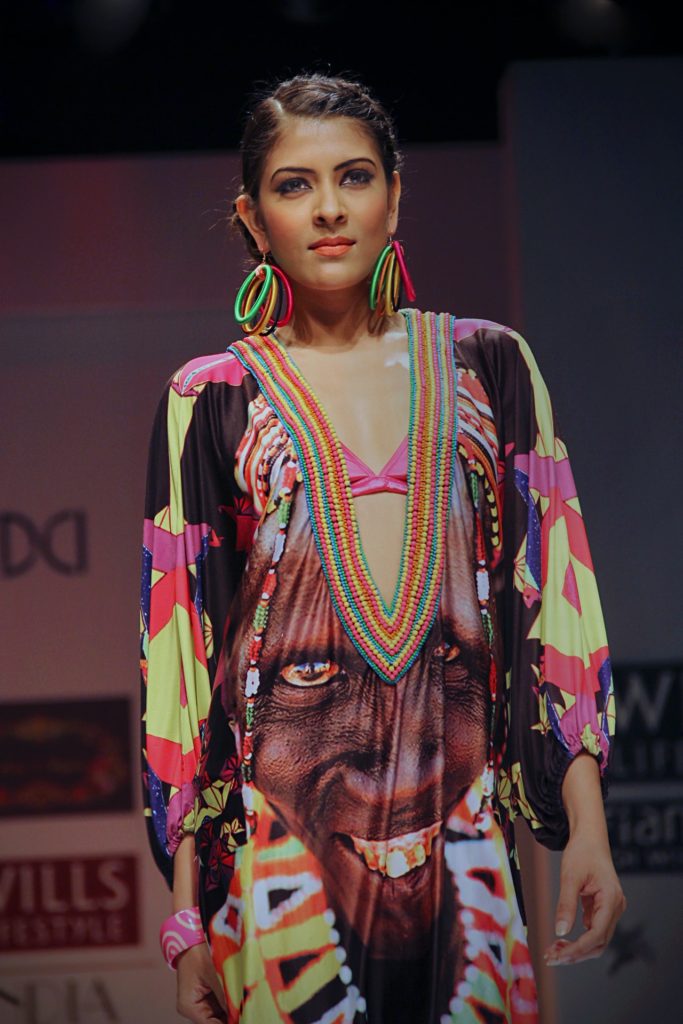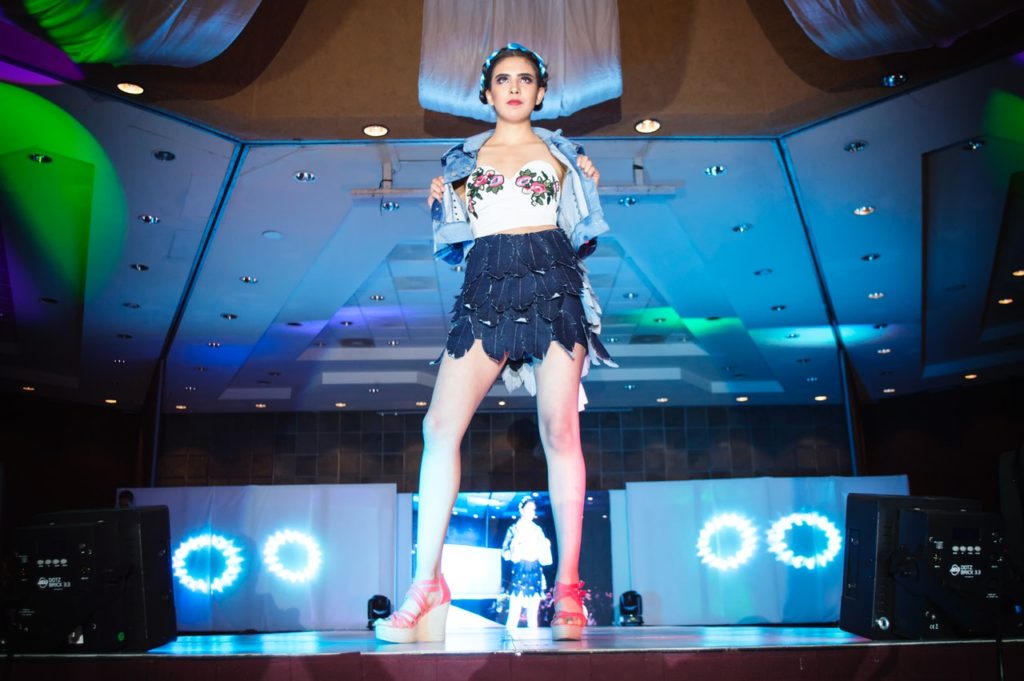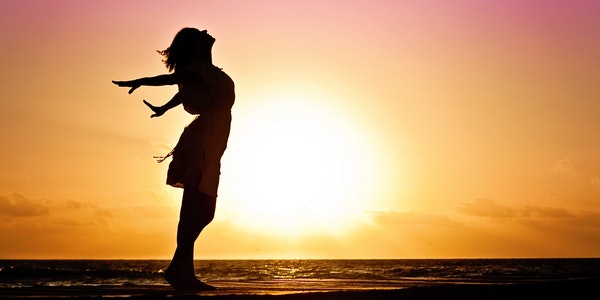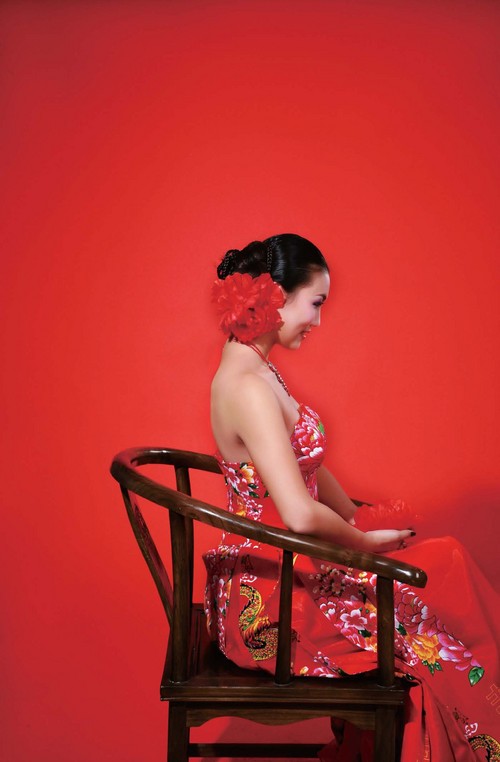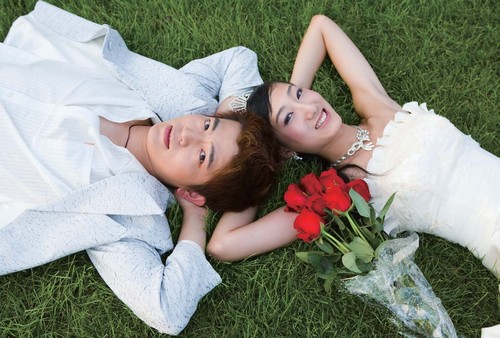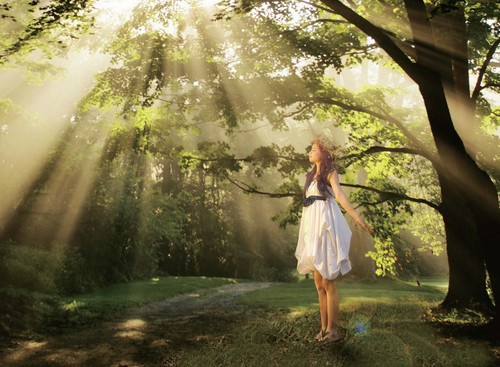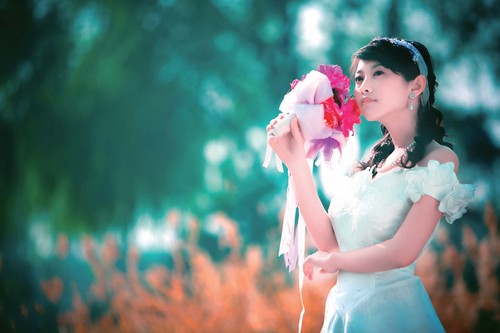15. Types of Outdoor Studio Lights
Outdoor studio lights are the lights used when shooting portraits on location. Generally can be divided into: external battery flash, lithium battery flash, hot shoe flash and ring flash, etc. In terms of power, it is divided into: high-power flash and low-power flash. From the light source, it is divided into flash and continuous light.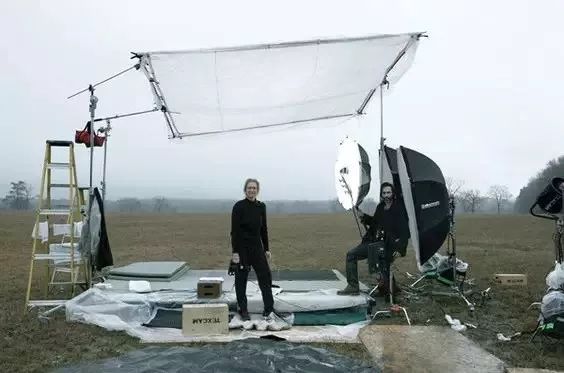
16. Intensity Selection of Outdoor Studio Lights
The use of outdoor studio lighting combined with the shooting settings of the camera can create a peculiar artistic effect that cannot be achieved by shooting with pure natural light. The use of outdoor studio lights in outdoor scenes is basically to achieve the purpose of supplementing light, suppressing the environment or increasing contrast. It is often necessary to contend with the sunlight, so the intensity of the outdoor light must be slightly higher or very high. Therefore, it is necessary to buy a higher power outdoor light, such as: 600W, 1000W, 1200W, etc.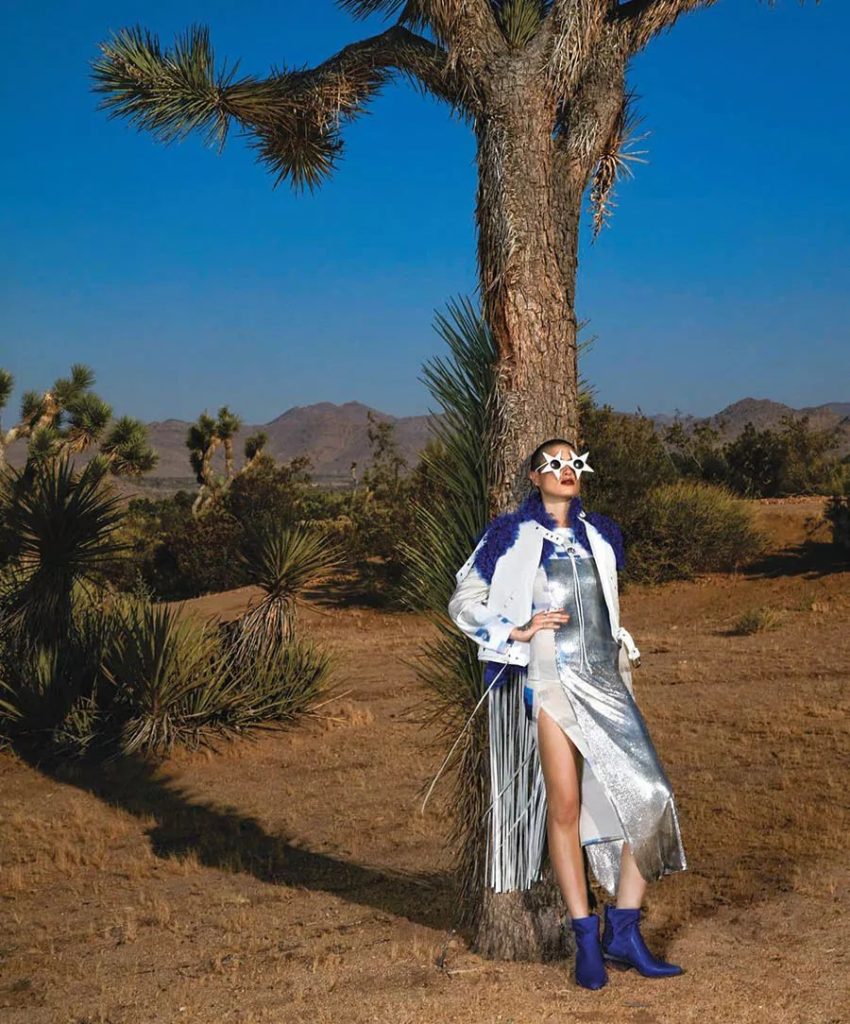
17. Power Supply of Outdoor Studio Lights
The battery of the outdoor studio light can make the light recharge quickly
For outdoor portraits, outdoor studio lights are generally used as auxiliary lighting when there is no power supply.
According to different power supply methods, it can be divided into two categories:
(1) Battery type. This type of lamp is powered by a large battery that can be recharged. Because the capacity of a battery can store more electricity than a dry battery, it can work longer than a battery-based portable flashlight. But its disadvantage is that it is relatively heavy, and it needs a dedicated person to carry it when shooting outside for location.
(2) Lithium battery type. This type of flashlight has only been produced and used in recent years. Because it uses a lithium battery as a power source, it is compact and light, making it very suitable for carrying. Strong power storage capacity and longer duration.
18. Portable Soft Box
The portable soft box makes the outdoor studio light quickly soften
The outdoor studio has strong lighting and a clear sense of direction. This kind of light effect will make the person photographed have a greater contrast. Therefore, a portable softbox for outdoor shooting has become indispensable. It can soften the light, with less contrast, rich layers, and convenient, fast and easy to carry on location.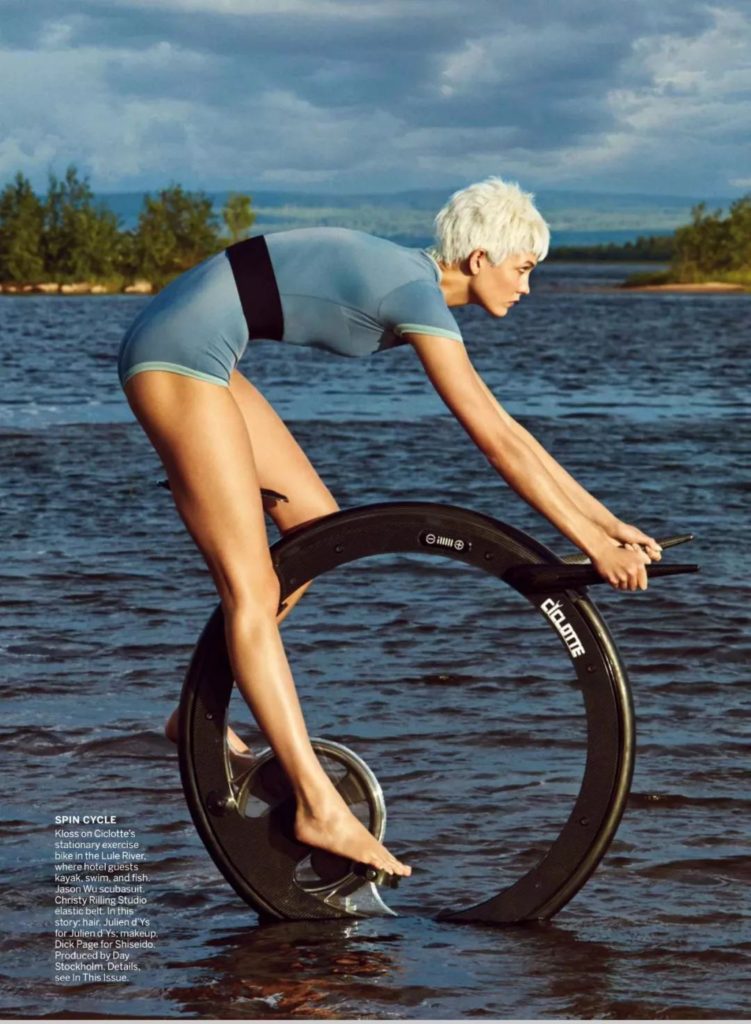
19. Trigger the Flashing of Outdoor studio Lights
The use of outdoor studio lights first involves the issue of flash synchronization. In professional equipment stores, there will be flash triggers selling studio lights, and now they can be used in general indoor and outdoor scenes. The triggers used in location have different trigger ranges, ranging from tens of meters to hundreds of meters. There is also the function of triggering multiple outdoor lights at the same time, such as one with two or one with three. Pay attention to check or spare the special battery of the flash trigger before every outdoor shooting, so as to avoid depression and embarrassment caused by the dead battery in the location.
20. Combined Use of Outdoor Studio Lights
Generally, one outdoor studio light is used when shooting on location, but sometimes several outdoor lights can be used in combination according to the actual situation and subject needs. Such as: main light, auxiliary light, contour light, the combination of the three light effects can make the picture more refined.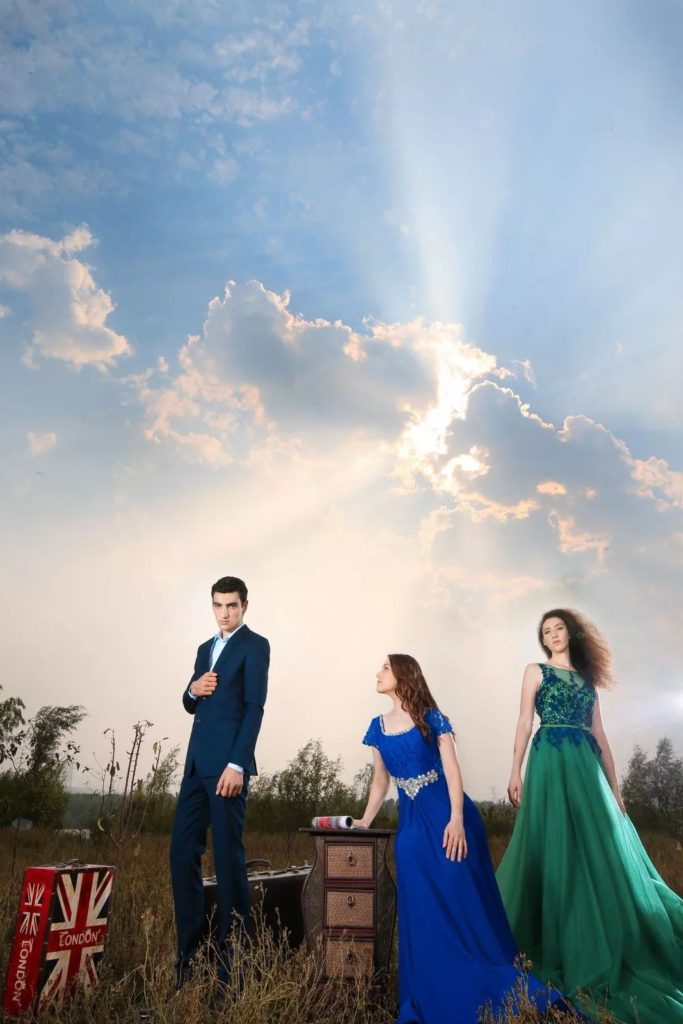
21. Change the color temperature of outdoor studio lights
The normal color temperature of an outdoor flash is around 5600k. If you want to change the color during outdoor shooting, you can choose to change the color temperature of the lamp. The easiest way is to use a color chip in front of the lamp to directly change the color of the light source. You can also use the misaligned white balance to change. For example, set the white balance to incandescent lamp mode to use outdoor studio lights, so that the picture will appear blue-cyan.
22. Where is the outdoor studio light?
The light position of outdoor studio lights has always been puzzled by many photographers who use lights for the first time. The position of the light can basically be divided into: forward light, front side, front side, back side, backlight, top light, front top light and bottom light.
If the outdoor studio light is placed in the same direction as the camera, it is forward light. There will be a feeling that the light effect is too flat, a bit similar to the fool effect of the on-camera flash. Then, we generally put the outdoor studio light in the front direction of forty-five degrees in front of the model. Photographers use this direction a lot, but other positions are also available. And you need to choose according to different themes and subjects.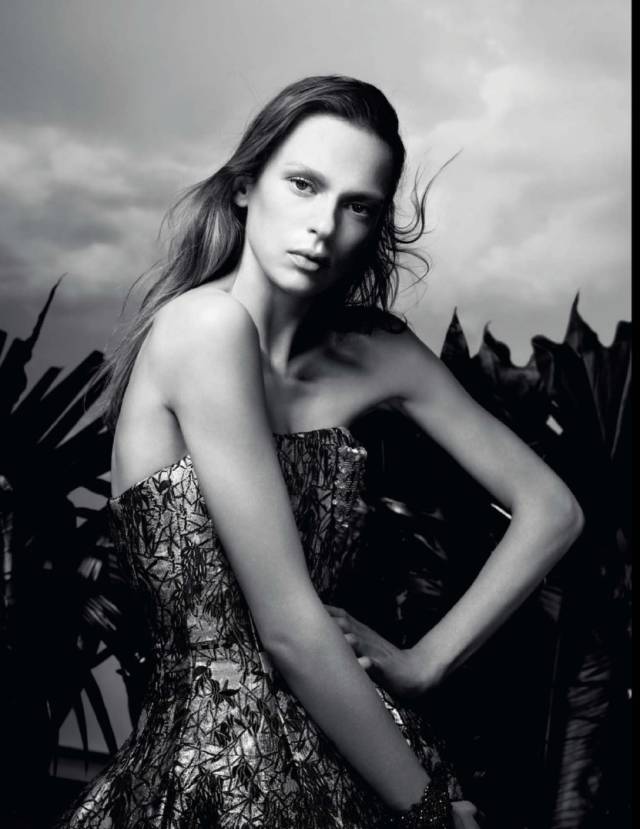
23. Use of outdoor studio lights for night scenes
High-power outdoor studio flash is not suitable for use at night, otherwise the background will be dark and without gradation. The high-power flash is suitable for use in the evening when the sky is still bright. In this way, the background can be darkened, the level of the environment can be maintained. And the characteristics of the night scene can be reflected.
At night, we can use a hot shoe flash with a soft umbrella or reflector. We can use a soft umbrella or reflector to reduce the intensity of the flash, so that we can better control the light ratio of the model to the background light. This is also a common method for shooting night portraits.
24. Outdoor studio lights darken the environment
When we shoot outdoor portraits, we often encounter excessive light ratios between the characters and the background environment, resulting in normal exposure of the model and overexposure of the background environment, or normal exposure of the background environment and underexposure of the model. Then, it needs to balance the light ratio between the model and the environment. So we use the external light to brighten the model and make the background exposure slightly underexposed. Darken the background environment to bring out the main character.
25. Outdoor studio lights enhance contrast
If the light is flat during outdoor shooting (such as cloudy, shadow, etc.), you can also use the external flash when shooting the model, and provide auxiliary lighting from the side of the camera lens at 45-90°. Improve the brightness of the side of the model, improve the light receiving situation, and enhance the three-dimensional sense of the model.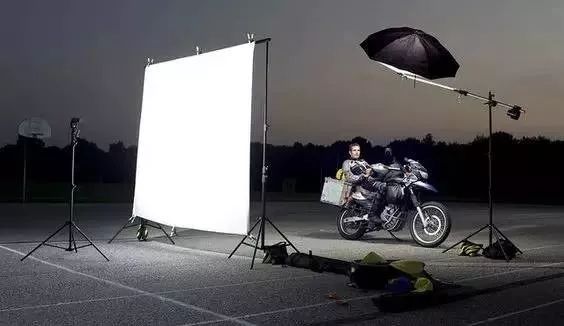
26 Outdoor studio lamp equalized light ratio
To shoot portraits on location under direct sunlight, use the external flash as the auxiliary light. And the purpose is basically the same as using a reflector. It is to weaken the excessive contrast between light and dark. So that the shadow surface of the subject has the appropriate tone and necessary levels, rather than eliminating the shadow. Therefore, it is also necessary to properly control the intensity of the external shooting flash to avoid excessively strong flashes and excessively brighten the shadows.
27. Backlit outdoor studio lights to create atmosphere
Backlight is the light shining from the back of the model towards the camera. In outdoor shooting, we can also use outdoor studio lights to artificially create backlighting effects. From the light ratio point of view, the model and the background are in a dark place. So the light ratio between light and dark is large, and the contrast is strong. From the perspective of light effects, backlighting produces contour light for opaque objects. Transmission light for transparent or semi-transparent objects. And flicker light for liquids or water surfaces.
28. Convenience of ring flashing light
The ring flash has the characteristics of uniform flashing, fast movement, convenient operation, uniform lighting, and suitable for capturing pictures. It is very suitable for outdoor lighting capture. The ring flash is a type of lamp with a ring-shaped light emitting tube directly mounted on the camera lens. The power is small, and photographers mostly equip it with effect lights. The light is uniform and there is no obvious projection. It can form a charming ring-shaped catch light in the model’s eyes, and is also suitable for shooting night portraits.
